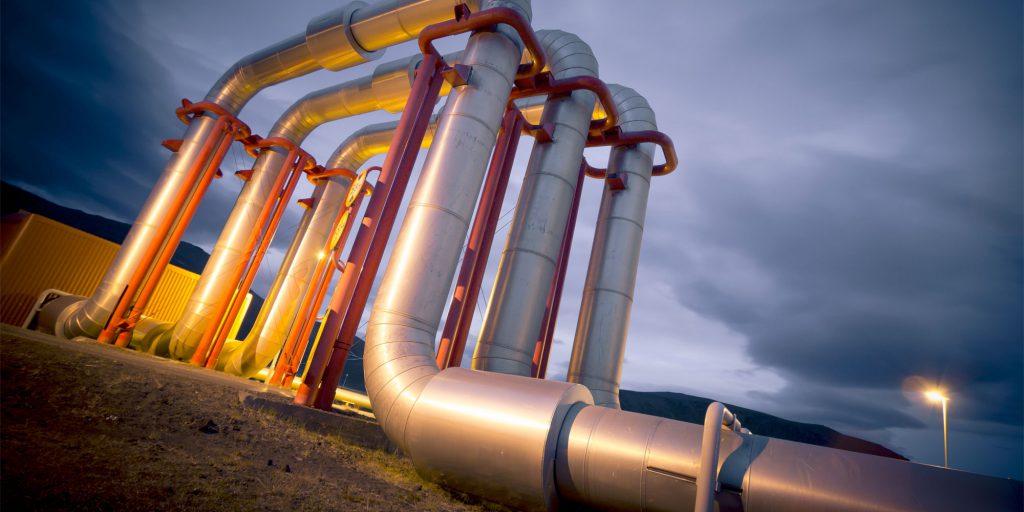Duplex Alloys have long been considered a specialist in the production of treated steel, accounting for less than 1% (about 200KT) of the total market. The reason for this could be the subfamily’s identical adolescence when compared to any austenitic or ferritic evaluations of tempered steel. Nonetheless, their double stage microstructure and somewhat low thickness provide a wide range of desirable characteristics. High erosion resistance, high malleable and yield strength relative to weight, good formability, and that’s only the tip of the iceberg making duplex alloys like UNS S32205 perfect for a variety of applications in the preparation and marine industries.
What is UNS S32205?
UNS S32205 is a duplex hardened steel having a blended austenitic-ferritic microstructure, with a granular structure typical for around half of these distinct stages. It combines the high tractable (620 MPa) and yield (450N/mm2) properties of ferritic grades with the exceptional erosion resistance associated with austenitic types. While it is not as well framed as full austenitic hardened steels, it has significantly greater malleability and strength than ferritic steels and can be quickly formed into plates ranging from extremely thin (6 – 50 mm) to extremely thick (100 – 200 mm).
Duplex prepares, such as UNS S32205, have a lower alloying content than many other hardened steel grades. Its head alloying components include chromium (22.0 – 23.0%), nickel (4.5 – 6.5%), and molybdenum (3.0 – 3.5%), which contribute to the material’s exceptional anti-destructive characteristics and stress consumption breaking (SSC) resistance. UNS S32205 is appropriate for cost and weight investment funds because to its low composite substance and high formability.
Why pick UNS32205 Duplex?
Duplex has a higher yield strength than ordinary austenitic steel evaluations, such as Type 304, while yet providing comparable consumption safe execution. The steel also has a lower composite content, which significantly reduces the material’s manufacturing costs. Cost is the most significant advantage when considering Duplex Steel, and this isn’t just due to cheaper gracefully costs. Because of the material’s higher yield strength, Duplex allows the buyer to purchase the material in smaller thicknesses without compromising quality or execution. This makes steel a very enticing proposition.
This one-of-a-kind combination of materials makes Duplex 2205 the ideal choice for a wide range of fundamental applications, including:
Substance handling, transportation, and capacity
Marine and land freight tanks.
Biofuel creation
Food Handling
Mash and paper fabrication
Oil and gas investigation and management
Squander the board
High chloride levels
Newzel Industries manufactures and supplies Duplex 2205 in a variety of forms and sizes, including sheet, loop, plate, plate curl, and the sky’s the limit.
Key Features:
Provides equal consumption protection as Type 304.
More remarkable, pliable and give strength
Excellent resistance against stress erosion breaking (SSC).
Great flexibility and sturdiness, although not in the same class as austenitic ratings.
lower costs of production and can be used in more modest thicknesses
Applications for UNS S32205
The expense and weight reserve funds provided by UNS S32205 are key advantages for managing offices and seaward foundations dealing with damaging components. UNS S32205 prepares are frequently used to build siphons and valves in seawater applications, providing an extremely lightweight material with trustworthy protection from seawater consumption (chlorination, oxidation, and so on).
It is also frequently recommended for handling applications such as various mash factories, food preparation, oil and gas pipelines, compound preparation, and that’s just the beginning. Some UNS S32205 preparations have also been used in emissions control components such as pipe gas desulfurization scrubbers, owing to the availability of small plates with outstanding mechanical and chemical qualities during extended administration durations.


